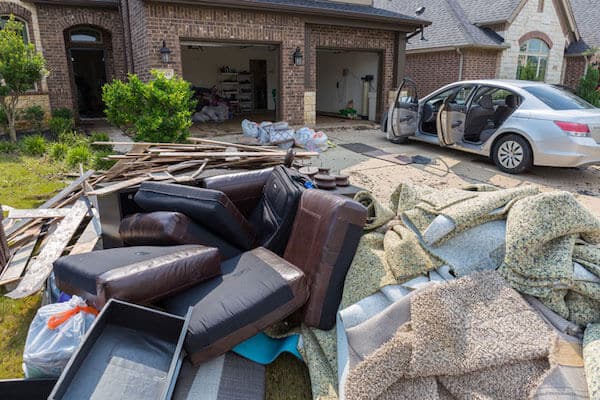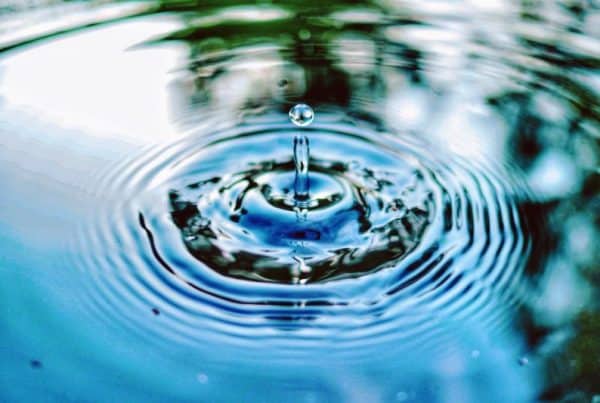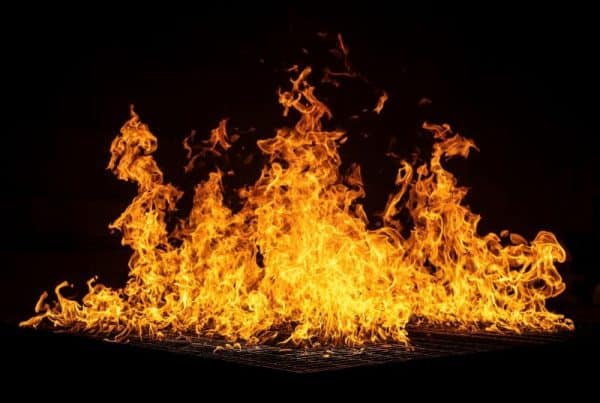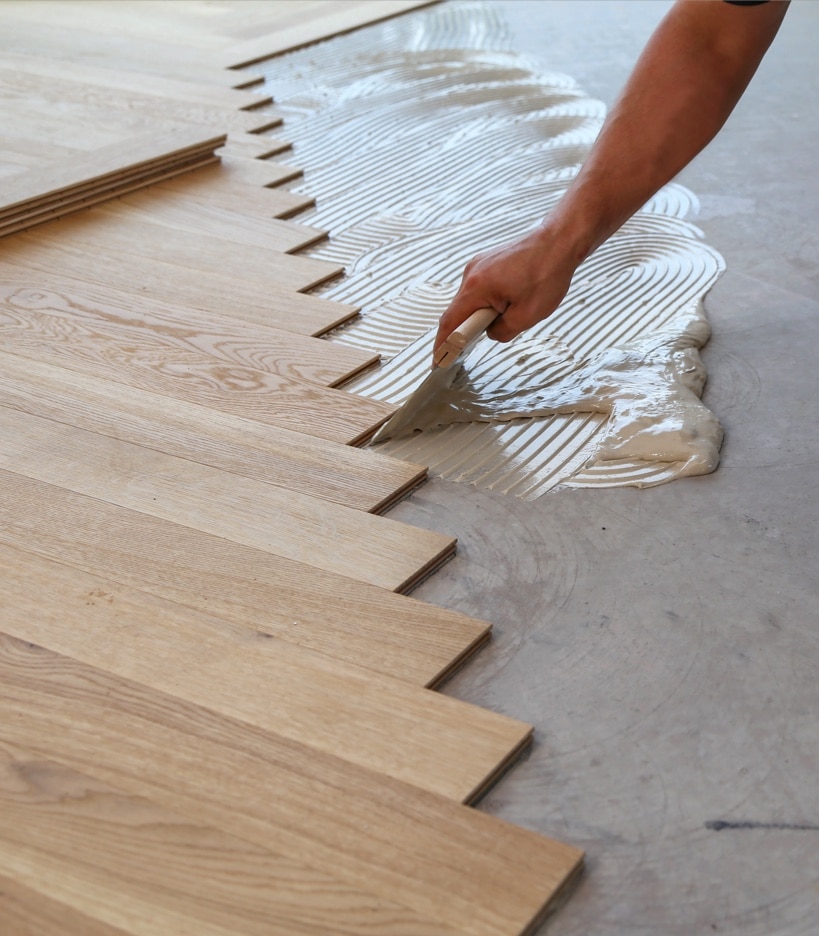

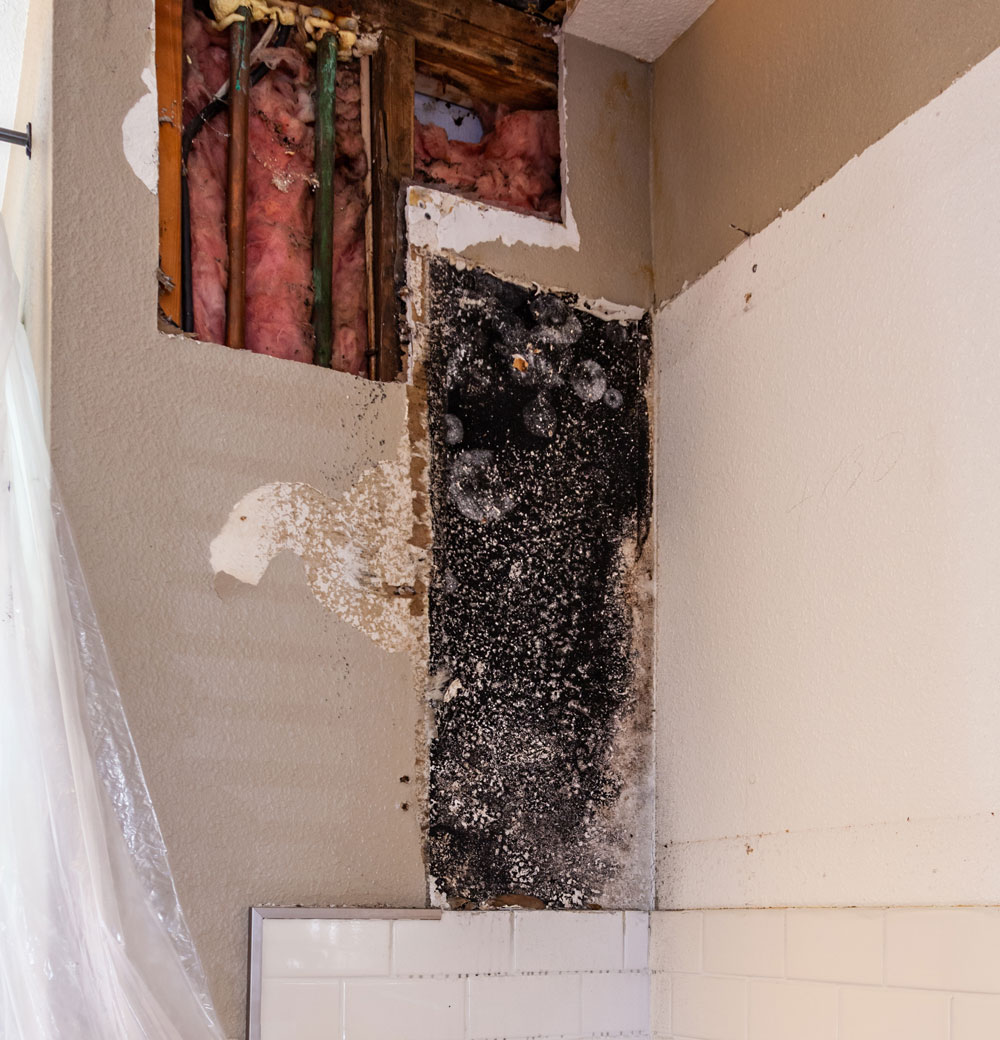
Our Utah Mold Removal Team is Standing By
Mold is a toxic yet common household issue, and many types of mold can be hazardous to those living in a household where mold is present. Mold can grow on any surface, including paint, tile, paper, wood, and more. The problem is that mold often grows in places you can’t see or get to easily, which is difficult when homeowners are tasked with mold remediation. Oftentimes, mold is the byproduct of a storm, flood, leaky pipes, water, or fire damage. And, because mold thrives in moist environments, mold removal companies need to address all the contributing factors to remove mold and the core issue causing it. Otherwise, mold will continue to grow and spread.
We Work With All Insurance Companies
Fast Response Times and Quick Restoration
We Have the Equipment & Experience to Get the Job Done
Call us now—we’re ready to answer your questions and get our emergency flood restoration team on the job.

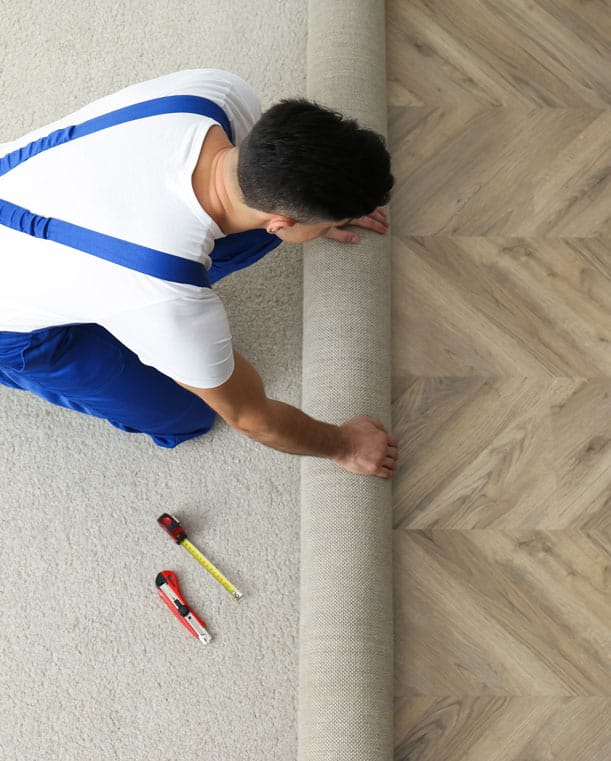
We Work With All Insurance Companies





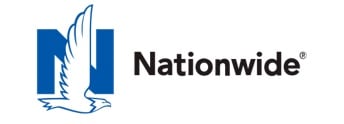
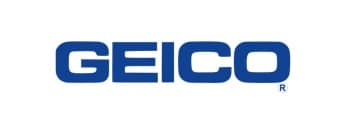


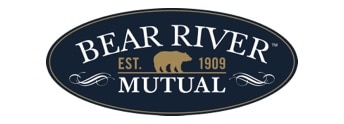
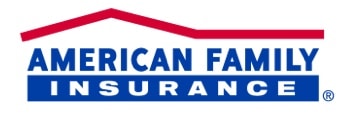



Utah Mold Testing & Inspection
It is important to know and understand the extent of mold growth in your household to determine whether you can effectively eliminate the mold yourself or need to contact the mold removal or remediation specialists at The Disaster Company. Mold spores are so small they are not visible in the air and can quickly spread to other areas, items, and products within your home. Since you can’t see them, mold testing is crucial to measuring and documenting how much and which variety of mold exists in your home. Mold testing can help determine how much work is necessary, document the results of mold removal, and effectively restore the space to a safe living environment. Some homes become so overrun with mold that the damage becomes irreparable, so get your home tested as soon as you suspect any mold issues.
Mold Clean up and Remediation
Health concerns, like allergic reactions, asthma attacks, and ongoing respiratory irritation, are linked to mold issues. If you notice these symptoms in your family members frequently, you may have a mold problem. If you find severe water damage or significant mold growth (especially black mold) on your property, hire an expert to ensure the mold is eradicated properly and efficiently. A certified professional can determine the type and extent of mold in your home. Your local Disaster Company restoration team is trained and certified in mold removal, mold damage removal, cleanup, and mitigation and is ready to help.

Tips and Techniques for Mold and Prevention You Can Do Yourself


Our Mold Removal Specialists Offer Complete and Professional Remediation Services
-
Available 24 hours a day, 7 days a week
-
Quick emergency response, arriving at your home or business within hours
-
Thorough mold infiltration inspection
-
Professional-grade drying units, dehumidifiers, and other water-extracting tools
-
Safe and effective containment of affected areas
-
Removal of contaminated materials
-
Decontamination and disinfection of belongings and household items
-
Air purification, deodorization, and sanitation
Recent Mold Remediation and Cleanup Articles
Utah Mold Remediation and Cleanup FAQ’s
Could mold overgrowth account for my chronic asthma?
It’s possible. Mold irritates respiratory pathways and can cause asthma, rashes, brain fog, and other chronic symptoms. If you are a renter and have a claim against your landlord, The Disaster Company can help by providing laboratory analysis of specimens to help with your case.
Can I remove mold myself using bleach?
No, this is not recommended and can make your infestation worse. Visible mold that appears on walls, for instance, is usually a result of mold growth behind the wall inaccessible from the outside. Trained and experienced mold removal experts can safely remove mold growth, preserve it for testing and analysis, and eliminate the cause of toxic fungi in your home. Likewise, mold sealant is, at best, a temporary solution and will not protect you from the ill health effects of mold overgrowth.
Where does mold come from?
Mold spores are everywhere and can enter your home on shoes, via pets, and even through an open window. However, mold cannot take root without water and moisture. Moisture trapped in walls, carpet fibers, and around areas of water damage can be a hotbed for mold growth.
What hidden areas does mold typically grow in?
Unfortunately, with the right circumstances, mold can take root practically anywhere that can trap excess moisture and provide the conditions for it to grow. Porous materials such as wood and drywall can host mold concentrations without you realizing it—sometimes until massive damage has been done.
What are the indicators of mold in my home or place of business?
You may notice a musty odor if you have mold or mildew growth. This may emanate from a damp basement, affected carpet, or moldy bathroom. Be aware of leaky roofs or plumbing, which create fertile ground for mold to thrive. Ringed or stained walls may also indicate mold growth. Of course, if you can see mold, there may be a serious underlying problem.



